第八届济南国际摄影双年展:“异域·同天” 中日韩高校摄影邀请展(第十期) - 四川美术学院第八届济南国际
2020-12-22 12:10:36 /
作者: /
来源:东方摄影
四川美术学院实验艺术学院摄影艺术系2016图片摄影班(本科)
《不存在的启事》
数字时代的到来将人置身于无法辨别真假信息的处境之中。互联网上的陌生人可能是任何身份、来自任何地方。但我们至少相信,一张照片上的人物必定是在现实中存在的。而新的逆向机器学习算法打破了这一认知,其采用生成对抗网络(GAN)方法,利用两个神经网络互相训练,一个试图生成与真实照片无法区分的合成图像,另一个试图分辨出差异,这样训练几周后,AI便可以快速生成从未存在的一个人的“合成照”。《不存在的启事》中的人像便是用这种AI技术生成的“合成照”。我用寻人启事的方式寻找着这些并不存在的人,意在讨论现实社会中关于失踪人口的话题。据不完全统计,2017—2019年间,在中国失踪人口的比例中,成年人占比43.39%,其中多为20到40岁左右的女性。老年人占比40.58%。未成年人占比为16.03%。The advent of the digital age puts people in a situation where they can't distinguish the true information from the false information. Strangers on the Internet can be any identity, from anywhere. But at least we believe that the characters in a picture must exist in reality. The new reverse machine learning algorithm breaks this cognition. It adopts the method of generative antagonism network (GAN) and trains two neural networks to each other. One tries to generate synthetic images which are indistinguishable from real photos, and the other tries to distinguish differences. In this way, after a few weeks of training, AI can quickly generate a "composite photo" of a person who has never existed. The portrait in the notice of nonexistence is a "composite photo" generated by this AI technology. I look for these people who don't exist in the way of looking for people's notices. I intend to discuss the topic of missing persons in real society. According to incomplete statistics, from 2017 to 2019, adults accounted for 43.39% of China's missing persons, most of whom were women aged 20 to 40. The elderly accounted for 40.58%. The proportion of minors was 16.03%.
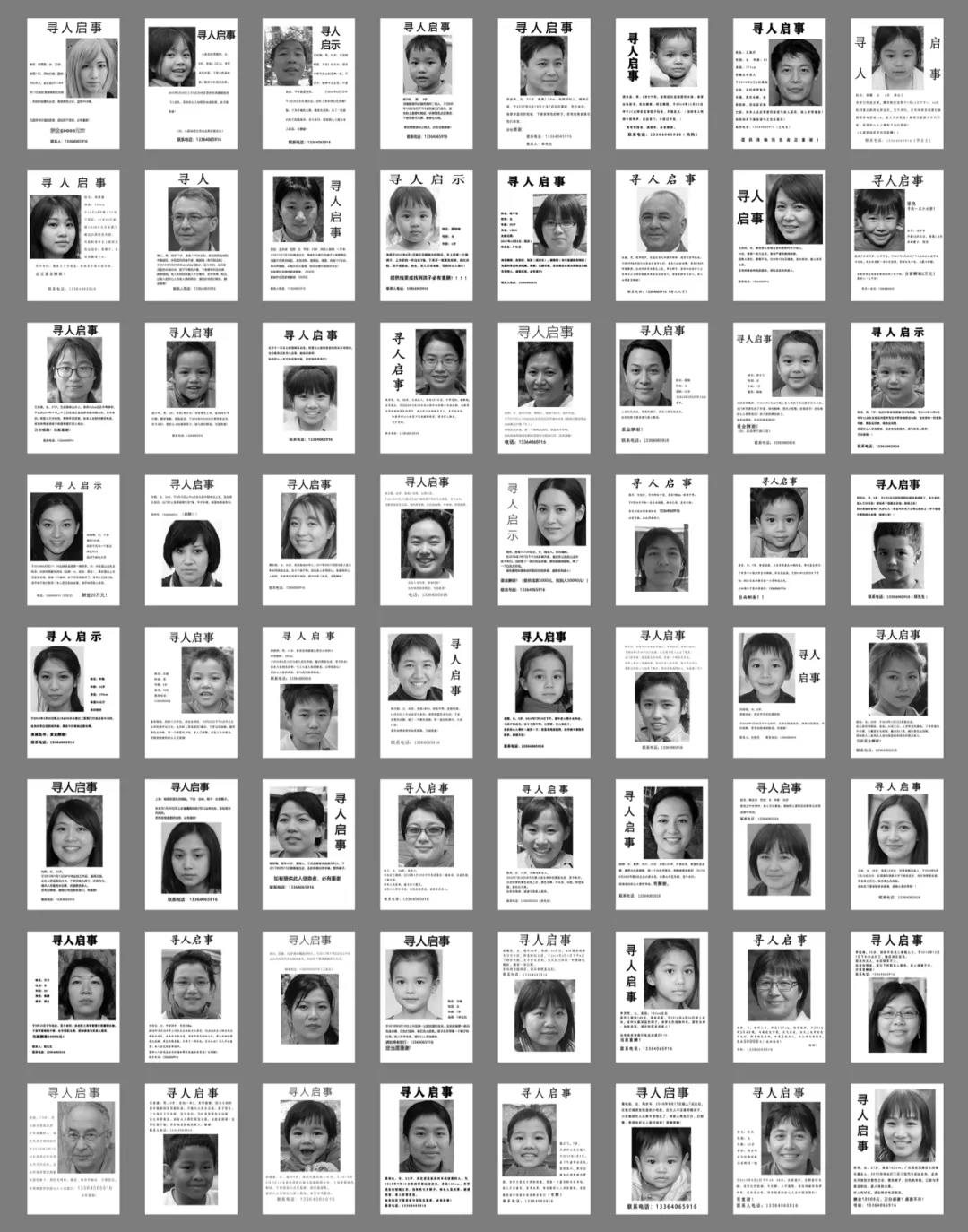 四川美术学院实验艺术学院摄影艺术系2016图片摄影班(本科)
四川美术学院实验艺术学院摄影艺术系2016图片摄影班(本科)
《弥合》
时空序列的延展,会产生裂缝。我将“自我”放置于不同经典作品之中,使得不同时空的语义挪移于己身,通过自我的在场性,缝合了不同序列的时空缝隙。我选择了一些处于时空变换节点上的古典艺术作品,对其进行解构重组:参照艺术原作的造型元素,运用摄影语言进行转换——对角度、环境、人物布局等进行适当的改动,形成一种新的观看体验。在这种回望与审视中,我对古典油画的“作品性”也有了更深的领悟。The extension of space-time sequence will produce cracks. I put "self" in different classic works, so that the semantics of different time and space are transferred to myself. Through the presence of self, I sew up the space-time gap of different sequences. I chose some classical works of art on the node of space-time transformation, deconstructed and reorganized them: referring to the modeling elements of the original works of art, using photographic language to transform -- making appropriate changes to the angle, environment, character layout, etc., to form a new viewing experience. In this review and examination, I have a deeper understanding of the "works" of classical oil painting.

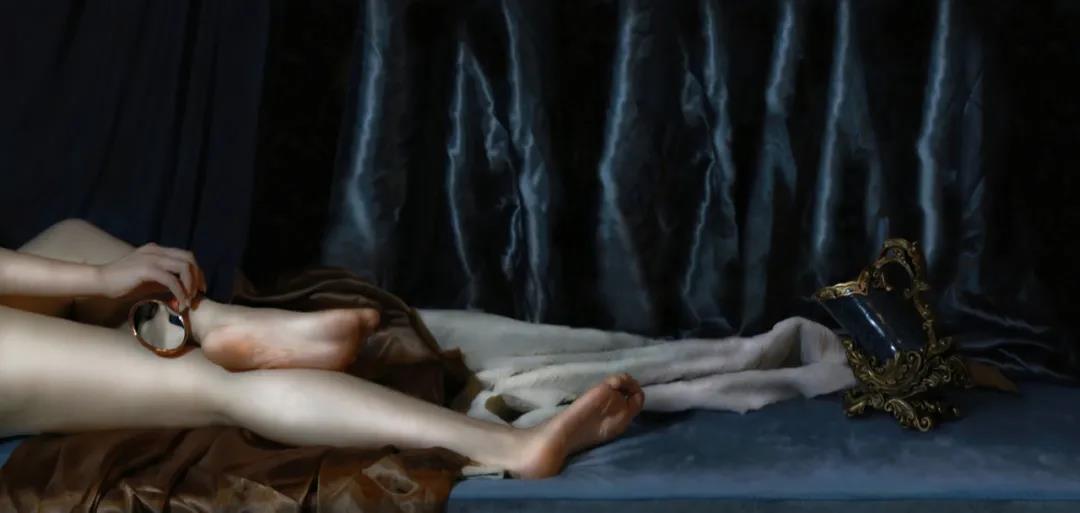
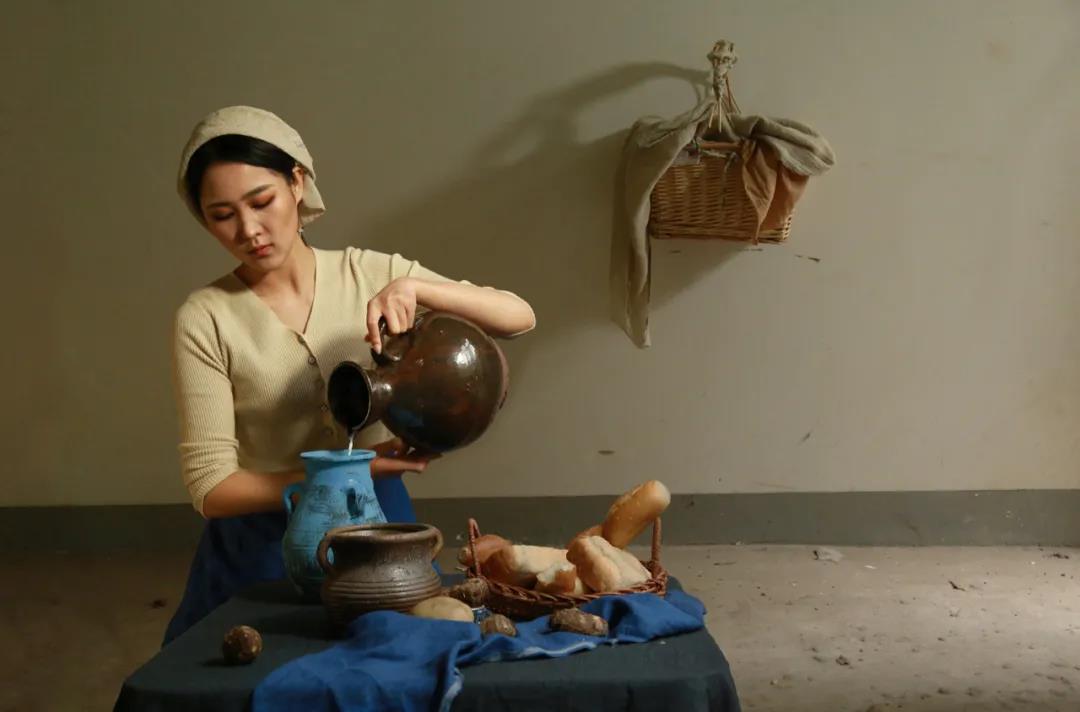
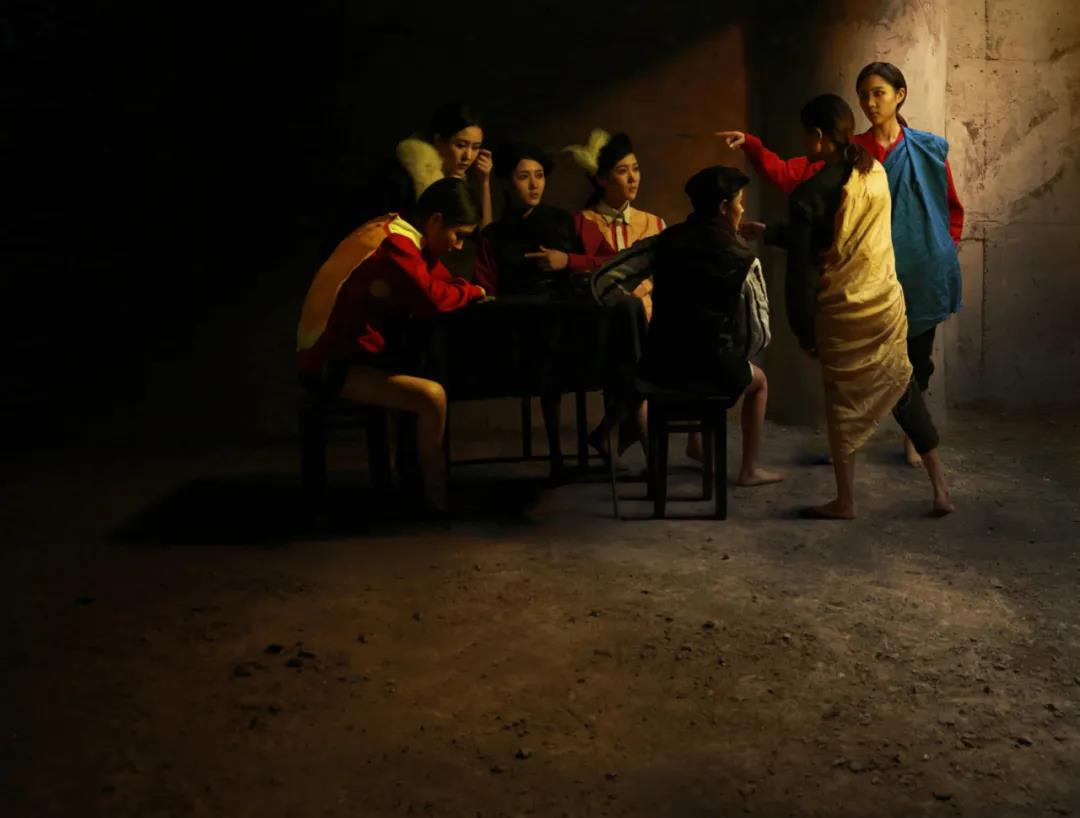
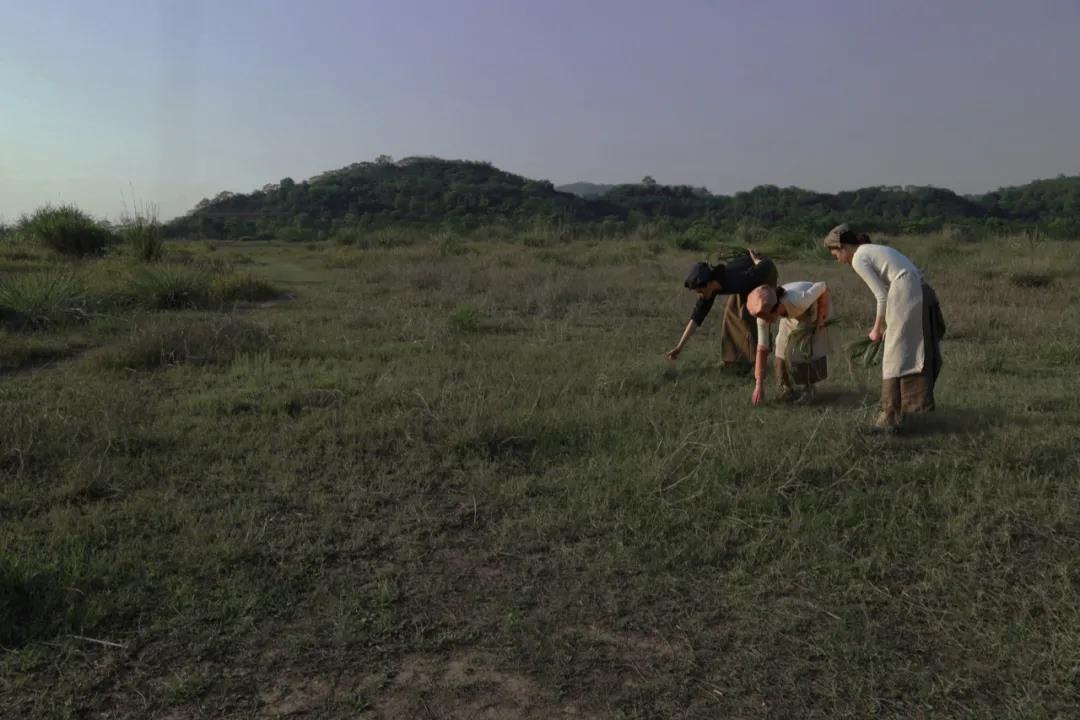
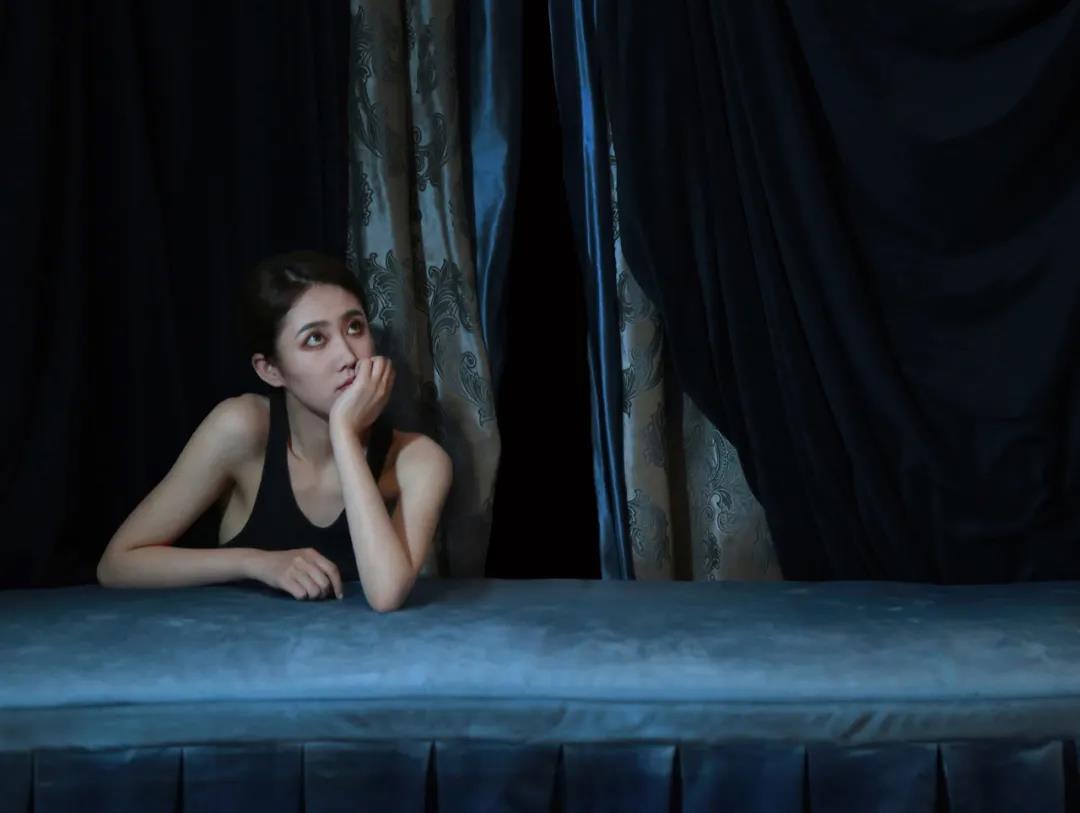






评论